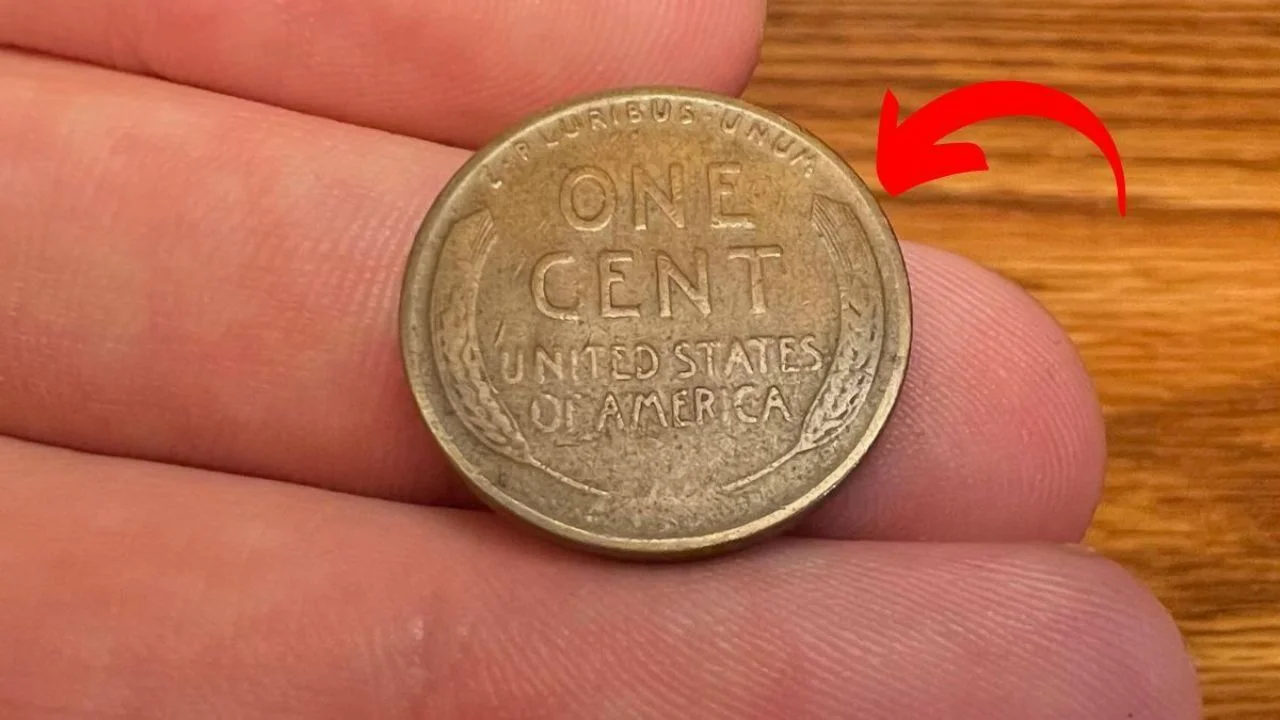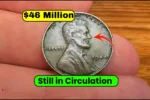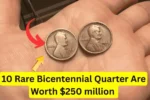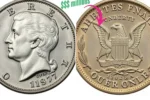The Lincoln Wheat Penny Valued at $530K, Still in Circulation
It’s hard to believe that something as small as a penny could be worth over half a million dollars, but it’s true. A rare Lincoln Wheat Penny, still sometimes found in circulation today, has been valued at an incredible $530,000. For many people, this might seem surprising—after all, most of us don’t pay much attention to our loose change. But coin collectors and experts know that some old coins can be worth a fortune.
In this article, we’ll take a closer look at the famous Lincoln Wheat Penny, why it’s so valuable, how you might still find one, and what to look out for. Whether you’re a collector or just curious, this story of a common coin becoming a rare treasure is both fascinating and real.
History of the Lincoln Wheat Penny
The Lincoln Wheat Penny, also called the “Wheat Cent,” was first minted in 1909. It was created to celebrate the 100th birthday of Abraham Lincoln and was the first U.S. coin to feature a real person’s face. The front (or obverse) of the coin shows Lincoln’s profile, while the back (reverse) features two stalks of wheat, one on each side, symbolizing prosperity and growth.
This design stayed in use until 1958, after which the reverse was changed to show the Lincoln Memorial instead. Because of this, Wheat Pennies are already considered old by modern standards. However, not all Wheat Pennies are equally rare or valuable—only certain years and minting errors push the value to extraordinary levels.
Why Is One Lincoln Penny Worth $530,000?
The penny that reached a value of $530,000 is not just any Wheat Penny. It’s a rare version from 1943, and it has a unique story. During World War II, the U.S. Mint used steel to make pennies because copper was needed for war materials. However, a few pennies were mistakenly made using the old copper blanks from 1942.
These 1943 copper pennies are extremely rare—fewer than 20 are known to exist. Because they were not supposed to be made, collectors call them “error coins.” And in the coin world, rare errors often become the most valuable.
In an auction, one of these 1943 copper Wheat Pennies sold for $530,000. That’s more than the cost of a luxury car or even some houses. It’s amazing to think that a simple coin, which someone may have accidentally received as change, could hold such a high price.
How to Identify a Rare Wheat Penny
Before you start digging through your coin jar or wallet, it helps to know what you’re looking for. Here are some features that make a Wheat Penny valuable:
-
Date: Pennies from 1909 to 1958 are considered Wheat Pennies. Among them, 1909-S VDB and 1943 copper are the rarest.
-
Mint Mark: Look for small letters under the year (such as D for Denver, S for San Francisco). Some mint marks increase value.
-
Condition: A coin in better condition is worth more. Scratches, dirt, or wear can lower its price.
-
Metal: In 1943, most pennies were steel. If you find one from 1943 that looks copper, get it tested—it might be the rare one.
-
Error Marks: Mistakes like double letters or misprints can make a coin rare and expensive.
Overview Table: Valuable Wheat Penny Highlights
| Feature | Description |
|---|---|
| Most Valuable Year | 1943 Copper Penny |
| Estimated Top Value | $530,000 |
| Common Material for 1943 | Steel (silver-colored) |
| Rare Material for 1943 | Copper (mistakenly used) |
| Total Known Copper 1943 Coins | Fewer than 20 |
| Other Rare Types | 1909-S VDB, 1914-D, 1922 No D |
| Still Found in Circulation? | Yes, though extremely rare |
| Tip for Identification | Use a magnet (steel sticks, copper does not) |
How Could a Rare Coin Still Be in Circulation?
You might be wondering—if this coin is so valuable, how can it still be in circulation? It’s a fair question. The truth is that many people simply don’t know what they have. Old pennies often get passed around without much notice. Since pennies are often ignored or tossed into jars, valuable ones can sit unnoticed for years.
It’s also possible that a coin collector lost one or that it accidentally ended up in the wrong batch of coins. Once in a while, a lucky person finds one while checking their change, which is why it’s always a good idea to give your pennies a second look.
What Should You Do If You Think You Have One?
If you come across a Wheat Penny that seems special, don’t rush to spend it. First, check the date and material. If you have a 1943 penny that is brown and not attracted to a magnet, it could be copper—and potentially very valuable.
Next, take the coin to a professional. Coin dealers or certified grading services can tell you if it’s real and how much it might be worth. Never try to clean the coin or fix it; that can reduce its value.
Remember, even if it’s not the rare $530,000 coin, it might still be worth more than one cent. Some common Wheat Pennies can be worth $5, $20, or even $100 depending on condition and year.
FAQs
1. What makes the 1943 copper penny so special?
It was a mistake—most 1943 pennies were made of steel, but a few copper blanks from 1942 were used accidentally, making them extremely rare.
2. Can I find a valuable Wheat Penny in my change today?
It’s very rare, but yes, it has happened. Some people have found valuable Wheat Pennies while sorting through coins.
3. How do I know if my 1943 penny is copper or steel?
Use a magnet. Steel pennies stick to magnets, but copper ones do not. Also, copper pennies are brownish, while steel ones are silver-colored.
4. What is the “VDB” on some pennies?
It stands for Victor David Brenner, the original designer of the Lincoln Penny. 1909-S VDB pennies are also very rare and valuable.
5. Should I clean old pennies to make them look better?
No. Cleaning coins can damage their surface and lower their value. It’s best to leave them as they are and let an expert handle them.
Final Thoughts
The story of the Lincoln Wheat Penny worth $530,000 is not just about luck—it’s about knowledge and curiosity. A small copper coin, forgotten by most people, became a treasure for a few. It shows that even the smallest things can carry big surprises.
If you haven’t already, take a few minutes to go through your coins. You might just be holding a piece of history—or even a fortune—in the palm of your hand.




